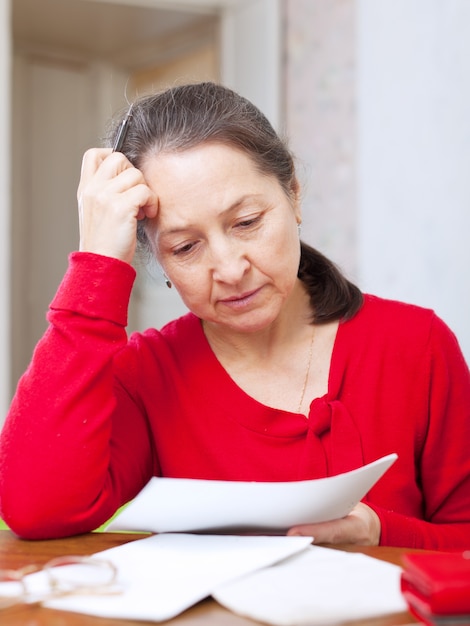
Hot flashes are a common symptom of menopause, a phase marking the transition or end of a woman’s reproductive stage. Many women wonder how long these symptoms will last. Typically, hot flashes can end between 6 to 24 months after menopause begins. However, in some cases, they persist for 7 to 11 years or even longer. If this is a concern for you, it’s important to explore treatment options for hot flashes after menopause.
Menopause brings significant hormonal changes, often leading to unpleasant symptoms like hot flashes and night sweats, which can linger even after menopause has concluded. For some women, the menopausal transition can take a decade or longer, varying from person to person.
A hot flash is a sudden feeling of intense heat, often affecting areas like the face, head, and chest, and can be followed by chills, sweating, and flushing. When these occur during the night, they’re referred to as night sweats, and they can disrupt sleep by soaking clothing and bedding.
Unfortunately, the earlier hot flashes begin, the more likely they are to persist for many years, impacting daily life. Studies suggest that African American and Hispanic women experience hot flashes more frequently and for longer durations compared to white and Asian women. However, research into how these symptoms affect older postmenopausal women is still inconclusive. Treatments like estrogen-based hormone therapy can relieve symptoms but also carry potential health risks, especially with long-term use.
### Causes of Hot Flashes After Menopause
**Early Onset:**
Research shows that women who experience hot flashes earlier in the menopausal transition, even before their final menstrual period, often endure them for 9 to 10 years on average. Conversely, women who begin hot flashes after menopause typically experience shorter durations, around 3 to 4 years.
**Health and Lifestyle Factors:**
Women with unhealthy habits, such as smoking or excessive drinking, or those with certain health conditions, are more likely to endure hot flashes for 11 years or more. Stress, anxiety, depression, and obesity can also contribute to the problem. For instance, African American women are particularly prone to experiencing extended periods of hot flashes, whereas Chinese and Japanese women often report shorter durations.
**Previous Hysterectomy:**
Women who have had a hysterectomy often report persistent hot flashes. This may be related to the procedure’s impact on ovarian function, leading to earlier failure. Some research suggests hormonal or psychological factors may play a role, but the exact cause remains unclear.
**Educational and Socioeconomic Factors:**
Education level appears to influence the duration of hot flashes. Women with higher education tend to adopt healthier lifestyles, such as exercising and maintaining a balanced diet, which may reduce menopausal symptoms. In contrast, women from lower socioeconomic backgrounds are more likely to experience prolonged symptoms, potentially due to greater stress and less access to health resources.
**Higher Body Mass Index (BMI):**
Obesity or a higher BMI is linked to a higher risk of hot flashes because excess body fat can affect hormone production. Overweight women may experience earlier ovarian failure and subsequent hot flashes.
**Increased Serum FSH Levels:**
A high serum follicle-stimulating hormone (FSH) level is another factor associated with severe and persistent hot flashes. Non-estrogen feedback systems may help reduce symptom severity if addressed early, long before menopause begins.
**Sleep Disturbances:**
Nighttime awakenings can trigger or worsen hot flashes, contributing to long-term symptoms. Studies suggest that poor sleep is both a cause and effect of menopausal hot flashes.
### Treatment Options
Persistent postmenopausal hot flashes can significantly impact daily life. Seeking medical help is crucial, as early identification of risk factors often reduces the frequency and severity of symptoms. A healthcare provider can help determine the right treatment plan based on your individual circumstances.
**Hormone Therapy:**
One of the most common treatments is estrogen hormone therapy, which replenishes estrogen and progesterone levels to alleviate menopausal symptoms, including hot flashes. However, prolonged use of hormone therapy carries risks, such as breast cancer, stroke, blood clots, heart disease, and gallbladder issues, especially in older age.
**Non-Hormonal Medications:**
Certain medications can also help alleviate hot flashes, including those prescribed for nerve pain, blood pressure control, and antidepressants. To minimize side effects, it’s recommended to use these medications in low doses and for shorter periods.
**Lifestyle Changes:**
Adopting healthier habits can also significantly reduce hot flashes. Strategies include:
– Exercising regularly, such as engaging in aerobic activities.
– Practicing deep-breathing techniques during hot flashes.
– Avoiding triggers like spicy foods, caffeine, alcohol, and smoking.
– Managing stress through meditation or mindfulness practices.
– Wearing layered clothing to adjust for sudden heat surges.
– Losing weight if overweight, as obesity is often linked to prolonged symptoms.
### Making the Right Decision
Choosing the best treatment for postmenopausal hot flashes requires careful consultation with your healthcare provider. Be sure to share detailed information about your health history, current symptoms, and any concerns. Regular follow-ups are essential to monitor your progress and adjust treatment as needed. With the right approach, you can significantly reduce the impact of hot flashes on your quality of life.